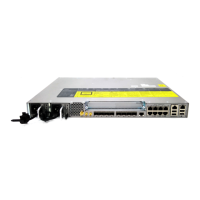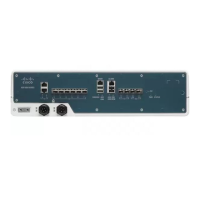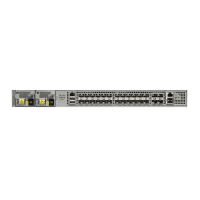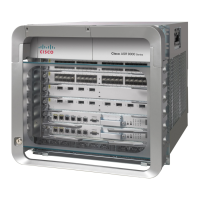CHAPTER 2
MPLS Point-to-Multipoint Traffic Engineering
The MPLS Point-to-Multipoint Traffic Engineering feature enables you to forward Multiprotocol Label
Switching (MPLS) traffic from one source to multiple destinations. Cisco nonstop forwarding (NSF) and
stateful switchover (SSO) (NSF/SSO) provides for minimal disruption of Point-to-Multipoint (P2MP) Traffic
Engineering (TE) tunnel traffic if a Route Processor has a catastrophic failure. Traffic loss varies by platform.
For more information on configuring NSF/SSO with this feature, see NSF/SSO—MPLS TE and RSVP
Graceful Restart.
•
Information About MPLS Point-to-Multipoint Traffic Engineering, page 11
•
How to Configure MPLS Point-to-Multipoint Traffic Engineering, page 21
•
Configuration Examples for MPLS Point-to-Multipoint Traffic Engineering, page 33
•
Additional References, page 38
•
Feature Information for MPLS Point-to-Multipoint Traffic Engineering, page 39
•
Glossary, page 40
Information About MPLS Point-to-Multipoint Traffic Engineering
MPLS Point-to-Multipoint Traffic Engineering Overview
A P2MP TE network contains the following elements, which are shown in the figure below:
•
The headend router, also called the source or ingress router, is where the label switched path (LSP) is
initiated. The headend router can also be a branch point, which means the router performs packet
replication and the sub-LSPs split into different directions.
•
The midpoint router is where the sub-LSP signaling is processed. The midpoint router can be a branch
point.
•
The tailend router, also called the destination, egress, or leaf-node router, is where sub-LSP signaling
ends.
•
A bud router is a midpoint and tailend router at the same time.
MPLS Traffic Engineering Path Calculation and Setup Configuration Guide, Cisco IOS XE Release 3S (Cisco ASR
920 Series)
11
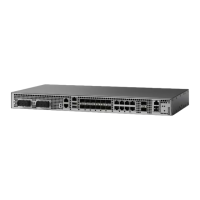
